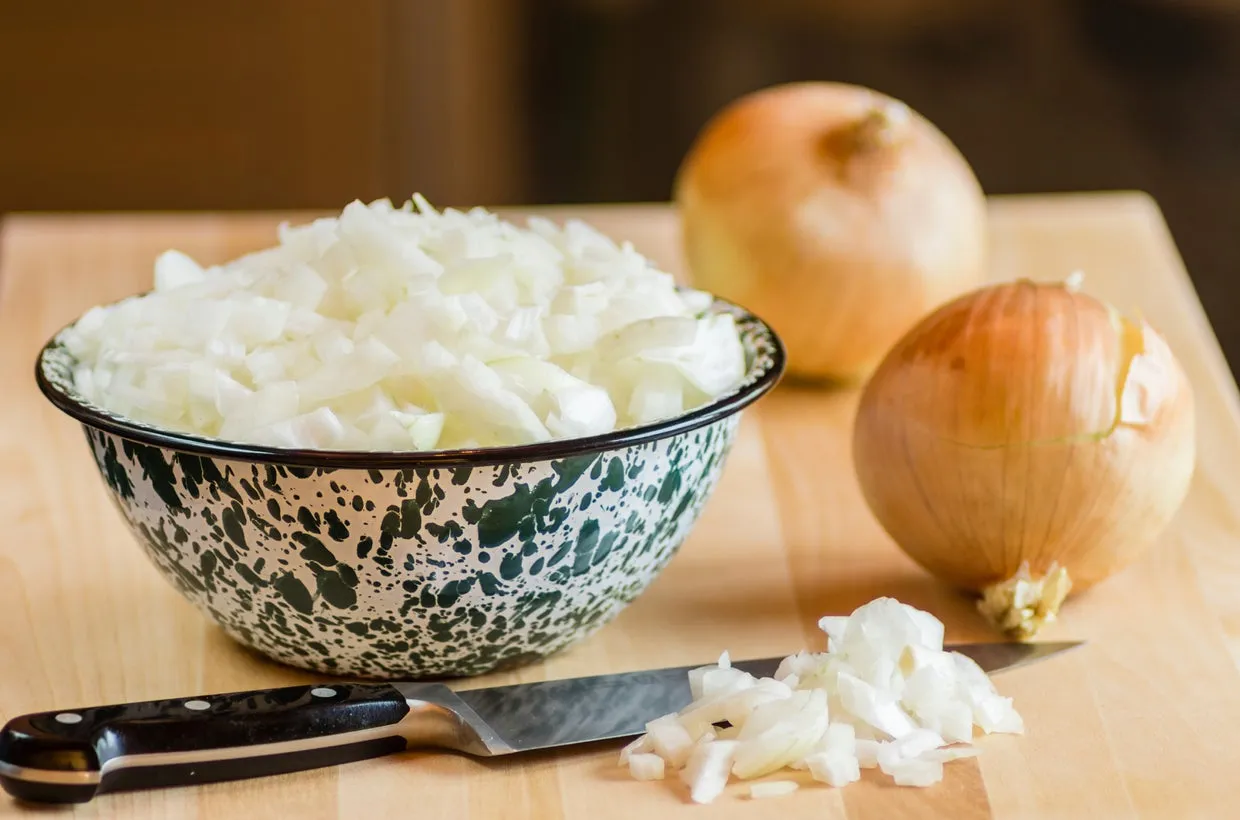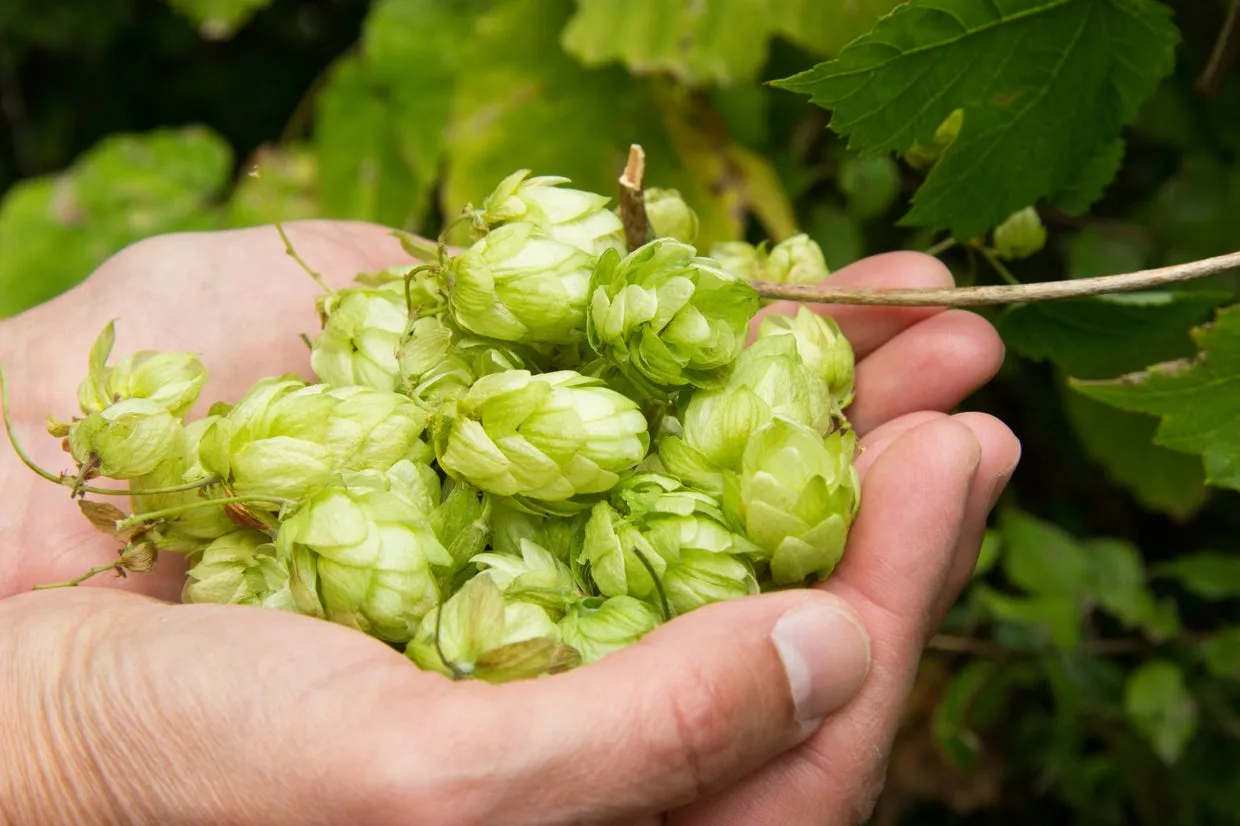As pet owners, the temptation to share a treat from your plate with your beloved furry family member is often strong. However, before indulging them, it’s crucial to be aware that many common human foods can cause serious, and sometimes fatal, medical problems for dogs and cats. Understanding what foods will make a dog sick is paramount for their safety and well-being.
Animal health researchers Cristina Cortinovis and Francesca Caloni from the University of Milan in Italy compiled a review of studies, identifying the most frequent culprits in pet poisonings worldwide. They highlighted that a significant number of poisoning incidents stem from a lack of public knowledge regarding the severe health threats these products pose. While owners sometimes intentionally share these harmful foods, pets often ingest them accidentally as they are commonplace in homes.
Over the past decade, reported cases of pet poisoning have frequently involved chocolate and chocolate-based products, plant foods from the Allium genus (onions, garlic, leeks, and chives), macadamia nuts, Vitis vinifera fruits (grapes, raisins, sultanas, and currants), foods sweetened with xylitol (such as sugar-free chewing gums and cookies), ethanol in alcoholic beverages, and unbaked bread dough. While this article focuses on these common household items, understanding what is the one meat all dogs should avoid is also vital for a dog’s health. The list of human foods toxic to pets continues to expand as new cases are reported, and scientists don’t always fully grasp the exact biological reasons behind these reactions. In general, dogs are more frequently affected than cats, partly due to their less discerning eating habits.
Chocolate, Coffee, and Caffeine: A Dangerous Treat
Chocolate and other cocoa-based products are the most common items implicated in pet food poisoning, leading to issues ranging from mild tummy upsets to seizures and even death. These “poisoning episodes frequently occur around holidays, when there is a higher occurrence of chocolate products in the home,” note the researchers. Many seemingly harmless items can quickly become dangerous, highlighting [what food should you not feed a dog](https://dogcarestory.com/what-food-should-you-not-feed a-dog/) to ensure their well-being.
The toxic compounds in chocolate are theobromine and caffeine, which stimulate the central nervous system and heart muscles. The severity of poisoning depends on the type of chocolate (dark chocolate contains more theobromine than milk chocolate) and the size of the dog; even a small piece can be enough to sicken a small dog. Beyond chocolate bars, these compounds are also found in herbal supplements, cacao bean shell mulch used in gardens, caffeine tablets, and caffeine-containing baits.
Initial symptoms typically manifest within 2 to 4 hours after ingestion and include restlessness, excessive thirst, urinary incontinence, and vomiting. Affected dogs may appear agitated, develop a fever, or experience a rapid heart rate. While prompt veterinary treatment often leads to a full recovery, delaying treatment can result in more severe complications like seizures, coma, or even death due to abnormal heart rhythm or respiratory failure.
 A hot chocolate mug with whipped cream and coffee beans beside it, suggesting caffeine content.
A hot chocolate mug with whipped cream and coffee beans beside it, suggesting caffeine content.
Xylitol: The Hidden Sweetener Threat
Xylitol, an artificial sweetener, is an increasing concern for pet owners due to its widespread use in many sugar-free products. It’s commonly found in sugar-free gum, candies, certain breads, and other baked goods. Xylitol is also utilized in some dental care products for both humans and pets because of its antibacterial properties.
Dogs are particularly susceptible to xylitol, often developing severe, life-threatening clinical signs. In dogs, xylitol rapidly stimulates the release of insulin, which can lead to a dangerous and sudden decrease in blood sugar levels, a condition known as hypoglycemia.
Symptoms of xylitol poisoning can emerge rapidly, sometimes within 30 to 60 minutes of ingestion, but they can also be delayed by up to 12 hours. Common signs include vomiting, lethargy, ataxia (inability to control movements), collapsing, and seizures. Immediate veterinary attention is critical if you suspect your dog has ingested xylitol.
Onions, Garlic, Leeks, and Chives: Allium Genus Hazards
Plant species belonging to the Allium genus – including common ingredients like onions, chives, garlic, and leeks – are frequently responsible for sickening dogs and cats. These plants contain compounds called organosulfoxides. When an animal chews the plant, these organosulfoxides are converted into a complex mixture of sulfur compounds. These sulfur compounds can cause the animal’s red blood cells to break down, leading to anemia. Even a relatively small amount, such as 5 grams of onion per kilogram of body weight for cats or 15 to 30 grams per kilogram for dogs, can cause dangerous changes to their blood.
Between 1994 and 2008, there were 69 reported cases of dog poisonings and four cases of cat poisonings attributed to Allium foods. These incidents involved a variety of forms, including raw and baked garlic, Catalan spring onions, onion soufflé, butter-cooked onions, and steamed dumplings containing Chinese chives. It’s important to note that onions and other Allium plants retain their toxic compounds even after being cooked or dried.
While pets usually ingest these foods accidentally, there has been a reported case where an owner intentionally fed a dog a large quantity of raw onions. Although some pets may not show symptoms after ingesting Allium foods, fatal poisonings have occurred. Symptoms can appear anywhere from a day to several days after consumption, depending on the quantity ingested. Initial signs often include vomiting, diarrhea, abdominal pain, and loss of appetite. As anemia develops, affected animals may exhibit weakness, rapid breathing, an elevated heart rate, pale mucous membranes, and reddish or brown urine.
 A group of fresh onions, garlic cloves, leeks, and chives arranged together on a rustic wooden surface.
A group of fresh onions, garlic cloves, leeks, and chives arranged together on a rustic wooden surface.
Alcohol (Ethanol): Not Just in Drinks
Ethanol, or alcohol, poisoning in small animals typically occurs when an animal accidentally ingests an alcoholic beverage. However, cases of alcohol poisoning in dogs have also been reported after dogs consumed rotten apples, sloe berries used for sloe gin, and uncooked bread and pizza dough, all of which contain fermenting compounds that produce ethanol.
When pets ingest ethanol, it is rapidly absorbed from the gastrointestinal tract and quickly reaches the brain, similar to its effects in humans. Within an hour, affected animals may display symptoms such as depression, loss of movement control (ataxia), lethargy, sedation, and an elevated body temperature. In severe cases, animals can fall into a coma and develop a dangerously slow breathing rate. Fortunately, in most reported cases, affected pets have recovered after receiving timely treatment and supportive care.
It’s also worth noting that ethanol isn’t exclusively found in foods and beverages. Other household products like certain paints and varnishes, medications, perfumes, mouthwashes, and some types of antifreeze also contain this compound and pose a risk if ingested.
 Two bottles of beer and a glass of beer with foam, illustrating alcoholic beverages.
Two bottles of beer and a glass of beer with foam, illustrating alcoholic beverages.
Grapes, Raisins, and Currants: A Mysterious Danger
Grapes, raisins, sultanas, and currants, whether raw or cooked (including those found in snack bars and baked goods), have been reported to cause acute kidney failure in dogs. Interestingly, not all dogs react to these fruits in the same way, according to research.
A study examining 180 case reports of dogs ingesting grapes and related fruits found significant variability in reactions. Some animals showed no symptoms after consuming as much as 2 pounds (0.9 kg) of raisins, while others tragically died after eating just a handful. Dogs that do develop symptoms typically exhibit signs such as vomiting, diarrhea, loss of appetite, lethargy, and abdominal pain within 24 hours of ingesting the grape products. The exact toxic agent and mechanism remain unknown, making it difficult to predict which dogs will be affected and how severely.
 A bunch of red grapes and a pile of raisins are presented side by side.
A bunch of red grapes and a pile of raisins are presented side by side.
Hops: The Home Brewer’s Caution
Hops, an ingredient commonly used for brewing beer, have become an increased risk to pets with the rising popularity of home brewing as a hobby. These plant cones contain a variety of compounds, including resins, essential oils, and tannins, which can lead to a severe elevation in body temperature (hyperthermia) when ingested by pets.
Symptoms of hop poisoning can appear within hours of consumption and include anxiety, a rapid heart rate, panting, vomiting, abdominal pain, and seizures. The risk of death can remain high, even after the animal receives treatment for the fever. Pet owners engaged in home brewing should be extremely careful to keep hops and brewing by-products out of reach of their animals.
 Close-up of hops cones on a vine, commonly used in beer brewing.
Close-up of hops cones on a vine, commonly used in beer brewing.
Macadamia Nuts: A Mild but Concerning Toxin
Macadamia nuts are a popular and healthy snack for humans, but they can be poisonous to dogs. While the exact amount that causes serious problems is not entirely clear, some reports indicate that ingesting as little as 0.7 grams per kilogram of nuts is sufficient to induce symptoms. While the focus here is on toxic items, it’s equally important for owners to know what are good for dogs to eat to maintain their overall health.
Symptoms of macadamia nut poisoning typically develop within 12 hours. These can include weakness, particularly in the hind limbs, vomiting, inability to control movements (ataxia), shaking, fever, abdominal pain, stiffness, and pale mucous membranes. Although macadamia nut poisoning may not be extremely common, over 80 cases were reported in just five years in Queensland, Australia, a major macadamia nut cultivation area. To date, no pet deaths have been reported as a direct result of macadamia nut ingestion, and affected animals are generally expected to make a full recovery within one to two days with minimal veterinary treatment.
Conclusion
The review of studies underscores a critical message for all pet owners: many common human food items, often considered harmless to us, pose serious health risks to our beloved dogs and cats. From the familiar dangers of chocolate and Allium vegetables to less obvious threats like xylitol and macadamia nuts, a lack of awareness can lead to accidental and potentially fatal poisonings.
It is imperative for pet owners to be vigilant about what their animals ingest and to educate themselves on toxic foods. Always keep potentially harmful foods out of reach and be cautious when sharing any human food. If you suspect your dog or cat has consumed a toxic substance, knowing what to feed dog if sick is important for initial care before professional help. Prompt veterinary attention is crucial for the best possible outcome. Prioritizing prevention and quick action can protect your furry companion from unnecessary harm.
References
- Cortinovis, C., & Caloni, F. (2016). Household Food Items Toxic to Dogs and Cats. Frontiers in Veterinary Science, 3, 26.
